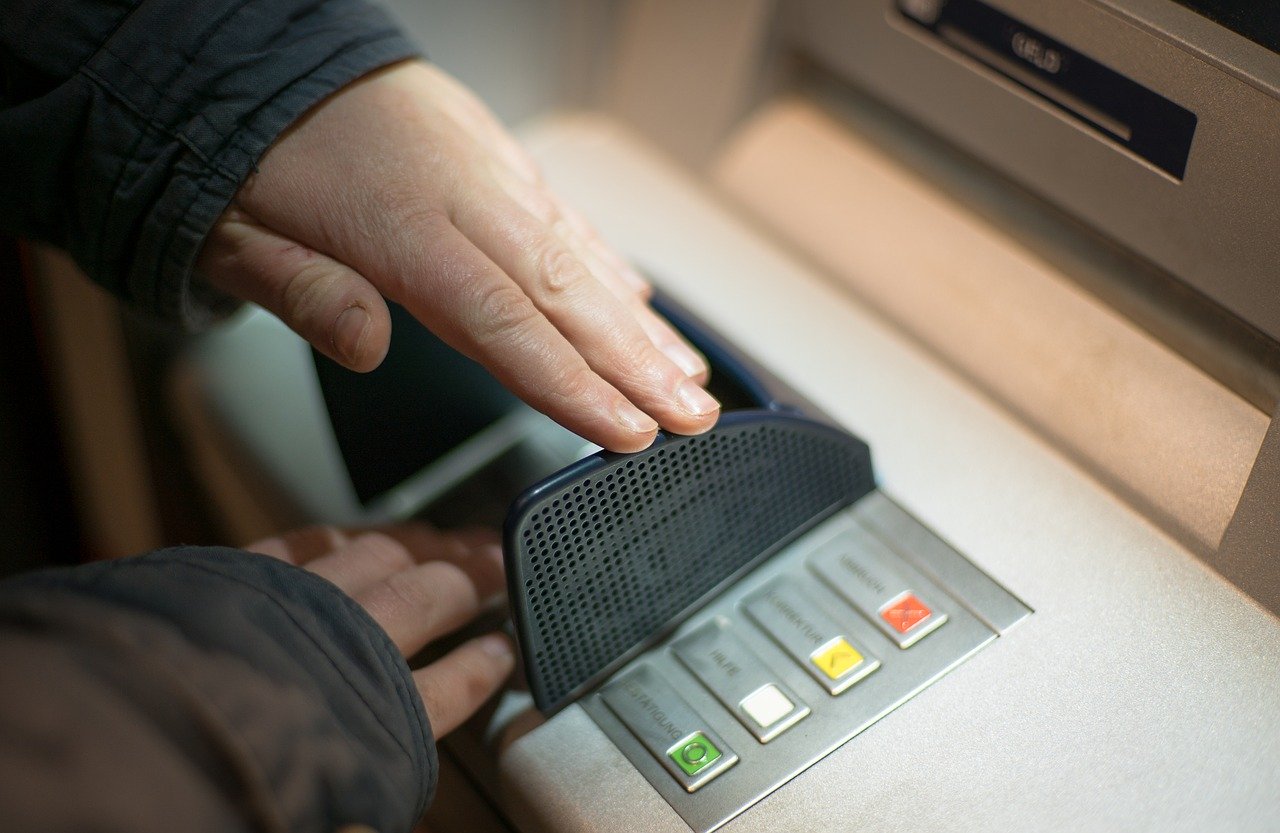Traveling abroad can be both exciting and overwhelming, especially when it comes to managing your finances. Currency exchange can be a hassle, and carrying large amounts of cash can be risky. That’s where forex cards come in – a safe and convenient way to access your funds worldwide.

Image: vyapartalks.com
In Australia, accessing cash using a forex card at ATMs is straightforward and widely accepted. This article will provide a comprehensive guide to help you make the most of your forex card while exploring the Land Down Under.
Forex Cards: A Travel-Friendly Financial Tool
A forex card, also known as a foreign currency card, is a prepaid card that allows you to store multiple currencies and make withdrawals, purchases, and online transactions. Forex cards offer several advantages:
- Competitive Exchange Rates: Forex cards typically offer better exchange rates than currency exchange bureaus or airport kiosks.
- Reduced Transaction Fees: Many forex cards charge minimal or no transaction fees for ATM withdrawals.
- Convenience: Forex cards allow you to easily manage your finances without having to carry large sums of cash or exchange currencies multiple times.
- Security: Forex cards provide enhanced security measures, such as chip-and-pin technology and fraud protection.
ATM Withdrawals Using Forex Cards in Australia
Using a forex card at an ATM in Australia is a simple process:
- Insert your forex card into the ATM.
- Enter your PIN.
- Select the amount you wish to withdraw in Australian dollars (AUD).
- Confirm the withdrawal and collect your cash.
When withdrawing cash using a forex card, it’s important to note that:
- ATMs may charge a withdrawal fee.
- Your forex card provider may also charge a transaction fee.
- Exchange rates may fluctuate, so the amount you receive may be slightly different from the rate displayed on the ATM.
Tips for Maximizing Your Forex Card Experience
- Compare Forex Cards: Research different forex card providers to compare fees, exchange rates, and benefits.
- Load Multiple Currencies: Consider loading multiple currencies onto your forex card to save on transaction fees when visiting different countries.
- Use ATMs of Your Forex Card Provider: Using ATMs operated by your forex card provider can often result in lower withdrawal fees.
- Monitor Your Balance: Keep track of your forex card balance to avoid overdraft charges.
- Be Aware of Security Risks: Protect your forex card and PIN from theft and fraud.

Image: hindiala.in
FAQs on ATM Withdrawals Using Forex Cards
- Q: Can I use my forex card at any ATM in Australia?
A: Most major banks and ATMs in Australia accept forex cards. However, it’s always best to check with your forex card provider before using an ATM.
- Q: Is there a limit on how much I can withdraw?
A: The withdrawal limit depends on your forex card provider and the daily limits set by the ATM.
- Q: What fees should I expect?
A: You may encounter the following fees: ATM withdrawal fee, forex card transaction fee, and currency exchange fee. Check with your forex card provider for specific charges.
Atm Qithdrwala Forex Card Aus
Conclusion
Using a forex card for ATM withdrawals in Australia is a convenient and secure way to manage your finances while traveling. By following the tips and guidelines outlined above, you can make the most of your forex card and enjoy a hassle-free financial experience during your adventures down under.
Are you planning a trip to Australia and want to explore the convenience of ATM withdrawals using a forex card? Let us know if you have any further questions or if you found this guide helpful.






